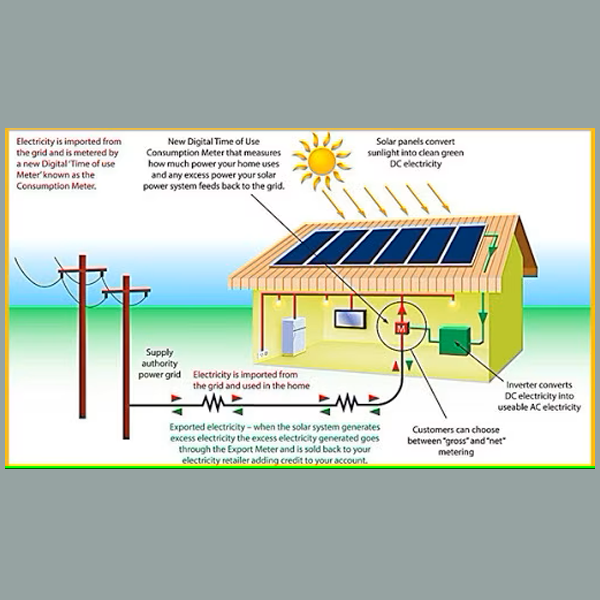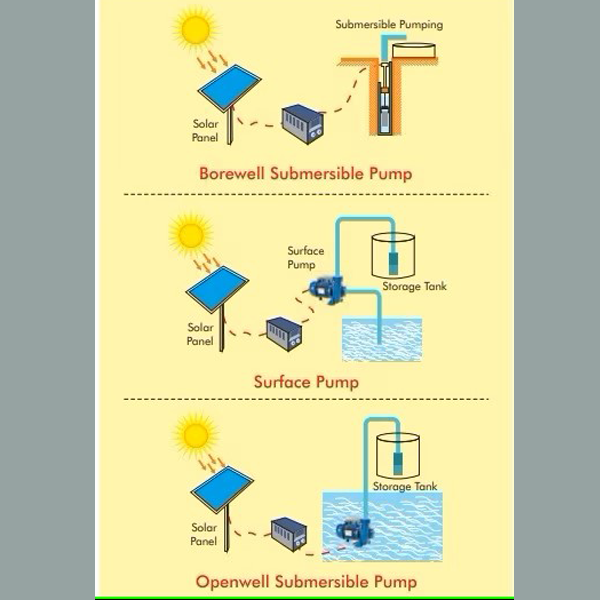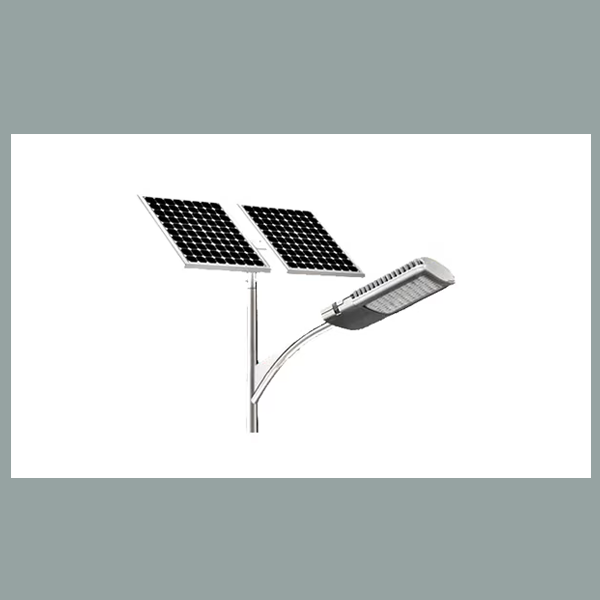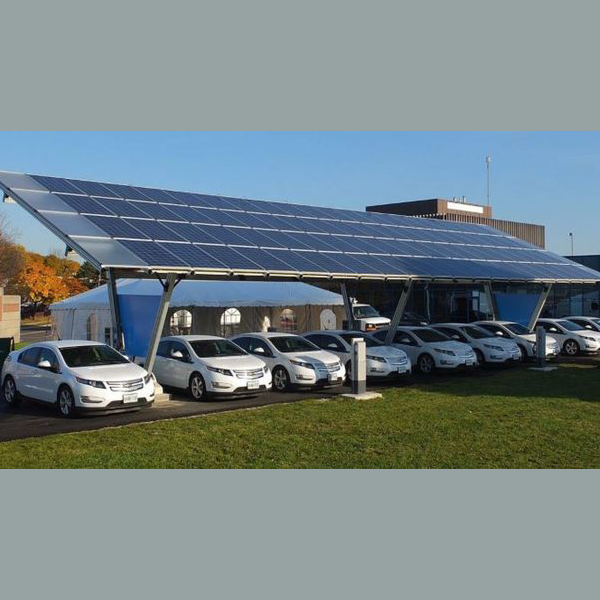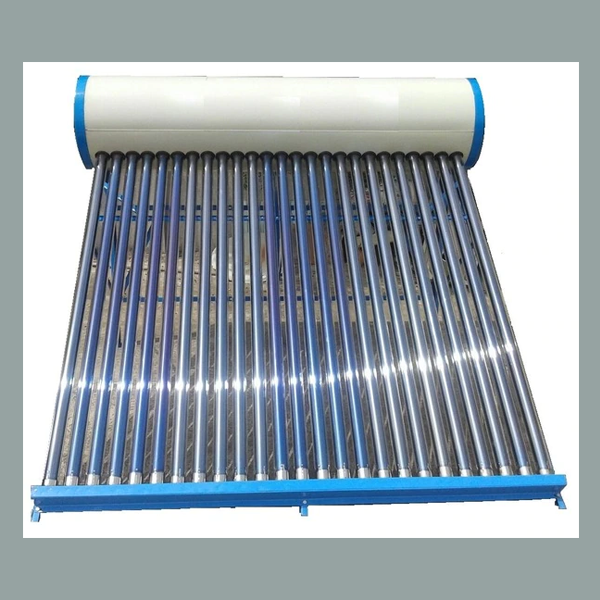What Is A Battery Ready System?
A battery ready system uses a hybrid inverter rather than a typical string solar inverter. Most modern hybrid inverters have the battery charger and connection built in which makes adding a battery much easier in the future. However hybrid inverters are more expensive and if you don’t add batteries during the installation finding compatible batteries after a few years could become difficult.
Do you need a hybrid inverter to add batteries?
No. A battery can be added to any existing grid-tie solar system at any time using an ‘AC battery system’. AC batteries like the Tesla Powerwall 2 are quite popular and more options are becoming available. As inverter technology and batteries are evolving rapidly it is not always worth spending extra money on a ‘battery ready system’ unless you plan on adding a battery within 2 years. Since battery technology is advancing quickly if you wait too long to add batteries the system may become obsolete.
Why store solar energy in a battery?
Many governments and network operators have reduced the solar feed-in tariff or FiT (money or credit received for feeding solar energy to the grid). This means traditional grid-feed solar systems have become less attractive as most people are working during the day and not home to use the solar energy as it is generated, thus the energy is fed into the grid for very little return.
A solar hybrid system stores your excess solar energy and can also provide back-up power during a blackout. This is perfect for home owners although for the majority of businesses which operate during the daylight hours, a common grid-feed solar system is still the most economical choice.
Hybrid solar systems enable you to store solar energy and use it when you’re home during the evening when the cost of electricity is typically at the peak rate.
The ability to store and use your solar energy when desired is referred to as self-use or self-consumption. It works in the same way as an off-grid power system but the battery capacity required is far less, usually just enough to cover peak consumption (8 hours or less) as opposed to 3-5 days with a typical off-grid system.
Hybrid System Advantages
Allows you to store excess solar or low cost (off-peak) electricity.
Allows use of stored solar energy during peak evening times (known as self-use or load-shifting)
Most hybrid inverters have backup power capability.
Reduces power consumption from the grid (reduced demand)
Enables advanced energy management (ie. peak shaving)
Hybrid System Disadvantagesc
Higher cost. Mainly due to the high cost of batteries.
Longer payback time – Higher return on investment
More complex installation requires more room and higher install cost.
Battery life of 7-15 years.
Backup power may limit how many appliances you can run at the same time (depending on the type of hybrid inverter and its capability)
To learn more about selecting a hybrid solar or off-grid power system see our complete guide to hybrid solar battery systems here
Hybrid System Types – Technical Guide
Popular hybrid and multi-mode inverters including the new Sonnen hybrid BESS and powerfull off-grid multi-mode inverter from Selectronic.
Popular hybrid and multi-mode inverters including the new Sonnen hybrid BESS and powerfull off-grid multi-mode inverter from Selectronic.
This is a more technical guide to the various hybrid solar systems and inverters on the market. The systems available may vary depending on the local solar distributors and electricity network operators in your country. Refer to our complete hybrid and battery storage review for a direct comparison of the various hybrid inverters and battery storage systems.
Hybrid systems generally fit into one of four main categories :
Basic hybrid inverters (no backup power)
Multi-mode hybrid inverter (with backup power)
All-in-one battery energy storage systems (BESS)
Advanced AC-coupled systems (off-grid or hybrid)
The most economical hybrid solar system uses a simple hybrid inverter which contains a solar inverter and battery inverter/charger together with clever controls which determine the most efficient use of your available energy.
The larger BESS systems are basically a hybrid inverter together with a lithium battery in one complete package, usually about the size of a fridge. However like most appliances there are many features and capabilities which differentiate the wide variety of hybrid systems available.
Basic hybrid inverter (no back-up)
Huawei Hybrid solar inverter SUN2000L
Huawei Hybrid solar inverter SUN2000L
This is the most basic kind of hybrid solar inverter and works much like a grid feed solar inverter but also enables storage of solar energy in battery system for self-use. The main disadvantage of this type of Inverter is that is does not contain a grid isolation device which means it cannot supply power when there is a blackout (commonly known as an uninterruptible power supply or UPS function). If grid stability is not an issue then this simple hybrid inverter would be an good economical choice.
AVAILABLE INVERTERS: Power-one, Solax, Growatt and Huawei
2. Multi-mode hybrid inverter with back-up The more advanced hybrid inverters also known as multi-mode inverters, have back-up power capability either built-in or as a separate add-on unit. Under normal operation it can supply power to the home (designated power circuits), charge the batteries and excess power can be fed into the grid.
If there is a blackout or the grid becomes unstable the unit will automatically switch over to battery supply and continue to operate independently from the electricity grid (in usually less 1 to 3 seconds). Some hybrid inverters have instantaneous backup like the Redback hybrid inverter in the video below but most of these systems have very limited backup power ratings so only basic circuits like lighting and a fridge can be used during a blackout.
AVAILABLE INVERTERS:
Redback Technologies
Solax X-hybrid E series
Sungrow SH5K-20
Goodwe ES & EM series
SolarEdge StorEdge
3. All-in-one battery energy storage system
A more recent trend is to package hybrid inverters together with a battery system in one complete unit. This is technically this is known as a BESS or Battery Energy Storage System which can be retrofitted to home with an existing solar system. These systems are available in a variety of sizes and are usually about the size of a medium fridge.
There are two types of BESS systems. The common (AC coupled) battery systems such as the Tesla Powerwall 2 and Sonnen ECO, and the all-in-one BESS systems which include a solar inverter (DC coupled).
AVAILABLE SYSTEMS:
Solax X-Box
Alpha ESS,
Fronius package
TrinaBESS
Some of the hybrid systems available with integrated or matching battery
Some of the hybrid systems available with integrated or matching battery
4. AC-coupled hybrid and Off-grid systems Until recently (before cheaper hybrid inverters) most hybrid systems consisted of two different inverters which worked together to form what is known as an AC coupled system; a standard solar inverter and a sophisticated interactive or multi-mode battery inverter.
The Solar inverter can be any standard unit but it is usually either the same brand or is compatible with the interactive inverter to optimise battery charging.
The interactive or multi-mode inverter acts as a battery inverter/charger and complete energy management system, using clever programmable software to optimise energy usage. Interactive inverters supply power in the same way as an off-grid inverter but also control grid connection (import and export power) and can be setup to automatically start and run a back-up gen-set (generator).
Basic layout of an advanced AC coupled hybrid solar system
Basic layout of an advanced AC coupled hybrid solar system
Key features of an AC coupled system
Powerful battery inverter to supply continuous high loads
Advanced multi-stage charger for lead-acid or lithium batteries
Automatic AC transfer switch (UPS function) built-in
High pass through power capability
High surge load capability
Generator control – Auto start / stop
Can also be used for high end Off-grid power systems
Remote monitoring
Grid feed-in and limiting when excess power is generated
Peak shaving to reduce peak demand
Load shifting and advanced energy demand management
Advanced AC coupled systems are used for off-grid and hybrid installations which require a high level of power management. The powerful software used to run multi-mode inverters enable energy controls such as peak shaving, plus data logging and PLC capabilities through digital input/outputs and relay controls. These systems can also work with very large battery banks and incorporate specialised battery monitoring and temperature sensors to prolong battery life.
Due to the many features and advanced software the cost of interactive inverters is typically higher than all-in-one inverters but in many applications the extra cost is worth the additional investment as they are generally more reliable, more efficient and enable future expansion.
AVAILABLE INVERTERS:
Selectronic SP PRO
SMA Sunny Island
Victron Energy Multiplus
Schneider Conext XW
Outback Radian Series (USA)
Grid interactive UPS system layout
Grid interactive UPS system layout
Autotech Indore is providing Solar Hybrid System as per your need.





